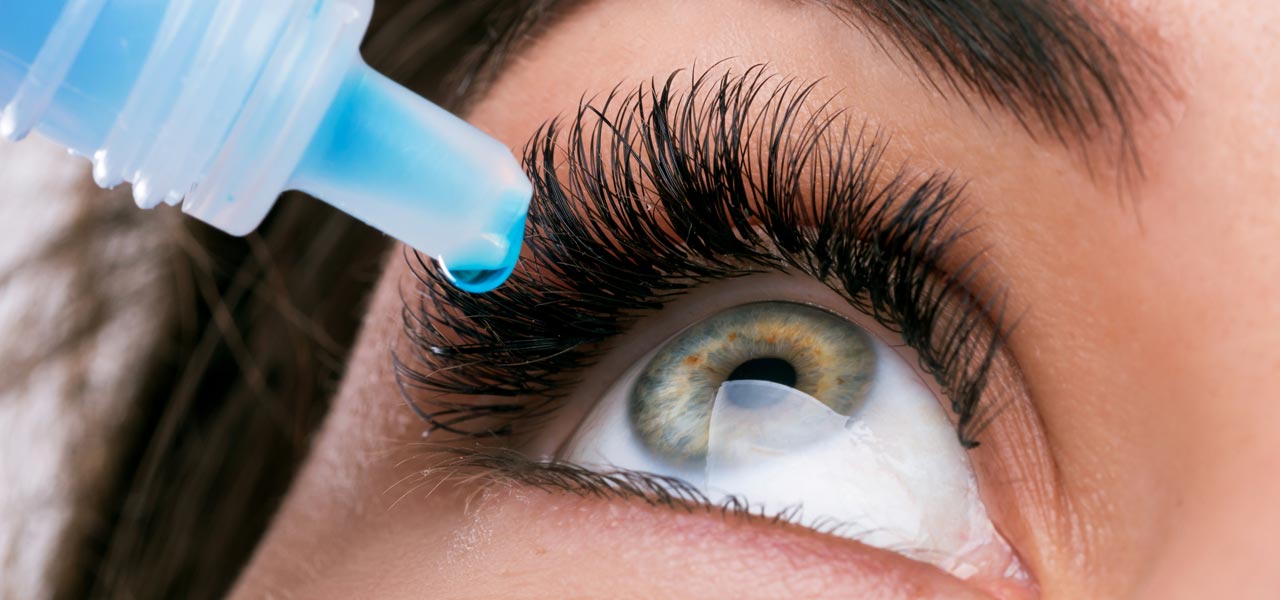This can lead to discomfort, irritation, and, in severe cases, vision problems. Understanding the primary causes and symptoms of dry eye can help you manage and prevent its impact on your daily life.
Main Causes of Dry Eye
- Environmental Factors: Dry air, wind, smoke, and pollution can cause tears to evaporate quickly, leaving the eyes dry and irritated. Frequent exposure to air conditioning or heating can also exacerbate the problem by drying out the air around you.
- Aging and Hormonal Changes: Tear production naturally declines with age. Women are particularly susceptible during menopause due to hormonal changes that affect tear production, making dry eyes more common as you get older.
- Screen Time and Digital Strain: Prolonged use of screens reduces the frequency of blinking, which is essential for keeping the eyes moist. Staring at computers or smartphones for long periods can significantly contribute to dry eyes.
- Health Conditions and Medications: Some health issues and medications can reduce tear production or quality, leading to dry eye. For example, certain conditions affecting the immune system and medications like antihistamines can contribute to symptoms.
- Contact Lens Use: Wearing contact lenses for extended periods can disrupt the tear film on the eye’s surface, leading to irritation and dryness. Contact lens users are particularly prone to experiencing dry eyes, especially if they wear lenses for long durations without breaks.
Now that we’ve covered the main causes of dry eye, it’s essential to recognize the symptoms that arise from these factors. Identifying these symptoms early can lead to more effective management and relief.
Key Symptoms of Dry Eye
- Irritation and Grittiness: A sensation of sand or grit in the eyes is one of the most common symptoms of dry eye. This occurs when the surface of the eye isn’t adequately lubricated.
- Redness: Chronic dryness often results in red, bloodshot eyes, caused by irritation and inflammation.
- Excessive Tearing: Although it seems counterintuitive, dry eyes may lead to excessive tearing as a response to irritation. However, these tears lack the quality needed to properly lubricate the eyes.
- Burning or Stinging Sensation: A persistent burning feeling in the eyes can be a sign of dry eyes, especially in dry or windy conditions.
- Blurred Vision: Blurred vision, particularly after long periods of screen use or reading, may indicate that the eyes are too dry to maintain a clear tear film.
Dry eye, while common, is far more than just a minor inconvenience; it can affect your vision, comfort, and overall quality of life. By understanding the causes and recognizing the symptoms early, you can take steps to manage it effectively. Whether it’s through artificial tears, lifestyle adjustments, or professional care, addressing dry eye starts with identifying what’s triggering it.
At 4Eyes Optometry, we specialize in diagnosing and treating dry eyes. If you’re experiencing any of these symptoms, don’t wait for them to worsen. Book an appointment today, and let us help you find relief with personalized treatment options tailored to your needs.







